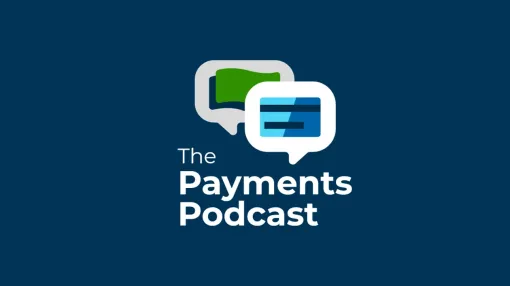Your ability to compete in the manufacturing industry is closely tied to the effectiveness of your digital transformation efforts. Your shop floor has probably seen the most extensive changes as a result of your business’s drive to:
- Reduce costs
- Improve cash flow
- Increase efficiency and productivity
- Gain end-to-end visibility
- Achieve greater operational control
- Improve decision-making capabilities
- Reduce unnecessary risks
- Strengthen supplier relations
But aren’t those the same goals you have for your Accounts Payable (AP) operations across the entire invoice-to-pay process?
60% of finance leaders say Accounts Payable is the #1 most inefficient component of their manufacturing company's operations.
73% of manufacturing CFOs report that optimizing AP processes is their top focus for digitization efforts
To create business value from your invoice-to-pay process that will help you achieve your strategic goals, consider these eight lessons for AP from the manufacturing shop floor:
Lesson 1: Take a holistic approach to optimization
Lesson 2: Implement end-to-end automation
Lesson 3: Pursue cost savings at every point
Lesson 4: Drive revenue generation
Download the ebook to discover the other four lessons.


